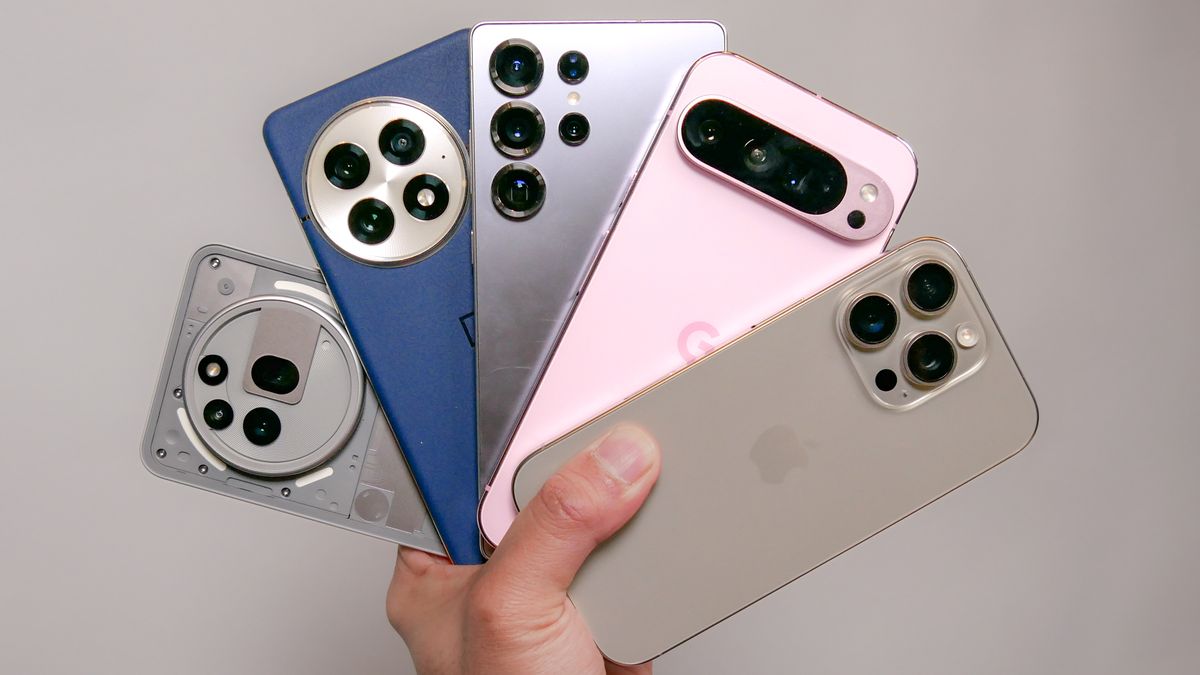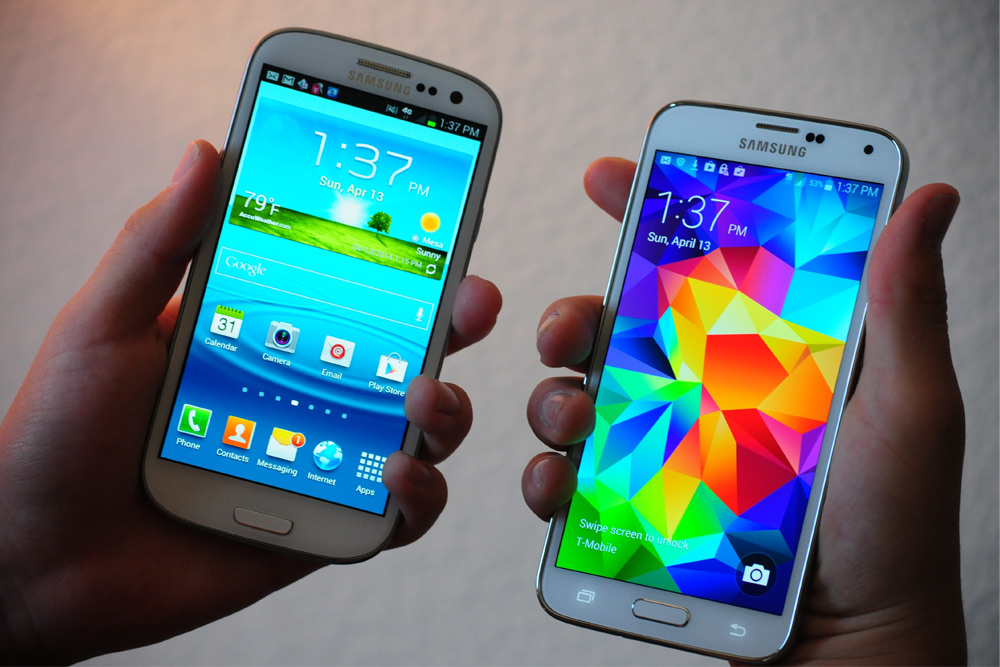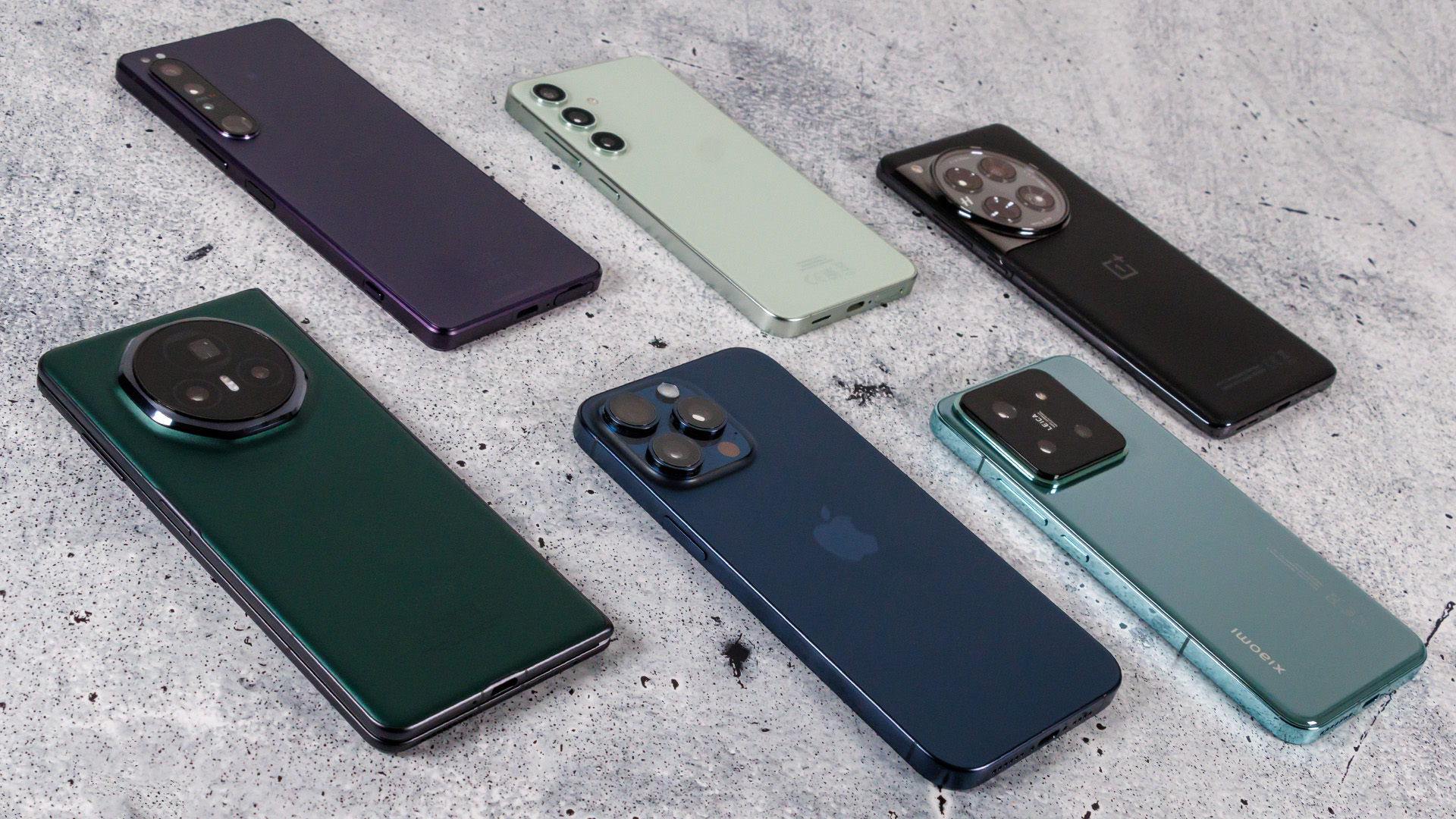
Smartphone Photography Tips to Capture Stunning Photos Like a Professional
Introduction
Smartphone photography has revolutionized the way we capture and share moments. With the ever-improving camera technology in smartphones, anyone can take beautiful photos. However, to truly capture stunning images like a professional, it’s important to understand the tips and tricks that can elevate your photos to the next level. In this article, we will explore the best smartphone photography techniques, settings, and tools to help you capture breathtaking images.
The Rise of Smartphone Photography
In recent years, smartphones have become an indispensable tool for photography enthusiasts. Their portability, ease of use, and powerful camera technology make them the go-to option for casual and professional photographers alike. While traditional DSLR cameras still hold a significant place in the photography world, smartphone cameras are rapidly closing the gap in terms of quality and versatility.
Understanding Your Smartphone Camera
Before diving into advanced tips, it’s essential to understand the capabilities of your smartphone’s camera. Each model comes with its unique features that can affect the way you shoot and edit photos.
Key Camera Specifications
- Megapixels: While the number of megapixels is often touted as the primary factor for camera quality, it isn’t the only consideration. Other factors such as lens quality, sensor size, and image processing play a significant role.
- Aperture Size: A larger aperture allows more light to enter the camera, which is particularly important for low-light conditions.
- Optical Zoom vs. Digital Zoom: Optical zoom provides higher-quality zoomed-in images by physically moving the lens, while digital zoom simply enlarges the image, often resulting in a loss of detail.
- Image Stabilization: This feature helps reduce blurriness caused by hand movements, making it easier to capture sharp images.
Camera Settings Every Smartphone Photographer Should Know
1. Focus and Exposure
One of the most important settings when it comes to smartphone photography is focus. Ensuring your subject is in focus is essential for clear and sharp images. On many smartphones, tapping the screen will set the focus point.
- Tip: Use the tap-to-focus feature to ensure the right area of the image is in focus.
- Exposure Control: Adjusting the exposure can help correct images that are too dark or overexposed. Most smartphones allow you to adjust the exposure by sliding up or down on the screen after focusing on the subject.
2. Gridlines for Composition
Most smartphones have an option to turn on gridlines. This simple feature divides your screen into thirds both horizontally and vertically, which is based on the “Rule of Thirds.” This rule helps to create balanced and visually pleasing images.
- Tip: Place your subject along the gridlines or at the intersections for a more professional composition.
3. White Balance
White balance adjusts the colors in your photo to make sure whites appear white, rather than tinted with a color cast. Smartphone cameras often do this automatically, but manual adjustment can give you more control.
- Tip: Use the white balance settings to correct any color shifts in your photos, particularly when shooting indoors under artificial lighting.
Advanced Techniques for Professional-Like Photos
1. Mastering Portrait Mode
Most modern smartphones offer a Portrait Mode, which mimics the shallow depth of field seen in DSLR photography. This mode focuses on your subject while blurring the background, creating a professional, studio-like effect.
- Tip: Ensure the lighting is optimal and avoid too much background clutter to make your subject stand out.
2. Using Manual Mode
Many high-end smartphones offer a manual mode that lets you control aspects like ISO, shutter speed, and white balance. This gives you complete control over the image, allowing you to capture shots in varying lighting conditions.
- Tip: Experiment with low ISO and longer shutter speeds for better results in low-light situations.
3. Utilizing HDR for Better Exposure
HDR (High Dynamic Range) helps to balance the exposure levels in photos with high contrast. It is particularly useful for scenes with both very bright and dark areas.
- Tip: Use HDR when shooting landscapes or when there is a significant difference between light and dark areas in your scene.
Lighting Tips for Stunning Smartphone Photography
1. Natural Light is Your Best Friend
When it comes to photography, lighting is key. Natural light, especially during the golden hour (shortly after sunrise or before sunset), can produce beautiful, warm tones in your photos.
- Tip: Always try to shoot during the golden hour for soft, flattering light. Avoid harsh midday sunlight that can cause shadows and overexposure.
2. Artificial Lighting for Indoor Shots
When shooting indoors, it’s often best to use soft, diffused lighting to avoid harsh shadows. You can use softboxes, LED panels, or simply place a light near a white surface to bounce the light and soften it.
- Tip: Use a lamp or other light sources near your subject and position them at angles to avoid direct lighting on the subject.
Composition Techniques for Stunning Photos
1. Leading Lines
Leading lines are natural or man-made lines within a scene that guide the viewer’s eye toward the subject. These lines could be roads, fences, bridges, or even rows of trees.
- Tip: Position your subject at the end of the leading lines for a dramatic and professional effect.
2. Framing Your Subject
Framing involves using elements within your environment to frame the subject of your photo, such as doorways, windows, or archways.
- Tip: Look for ways to frame your subject to add depth and interest to your images.
3. Symmetry and Patterns
Symmetry and patterns can be visually striking and add a sense of balance and harmony to your photos.
- Tip: Seek out symmetrical elements in your surroundings, like reflections, doorways, or architectural details, to create visually compelling photos.
Editing Your Smartphone Photos
Post-processing is an essential part of professional photography. Editing can enhance your photos by adjusting exposure, contrast, and color.
1. Use Editing Apps
There are a variety of smartphone apps designed for photo editing, such as Lightroom, Snapseed, and VSCO.
- Tip: Experiment with adjusting contrast, saturation, and sharpness for a more polished and professional look.
2. Cropping for Better Composition
Cropping your image can improve its composition, remove distractions, and focus the viewer’s attention on the subject.
- Tip: Use the Rule of Thirds grid when cropping to create a balanced and harmonious composition.
3. Sharpening and Noise Reduction
Smartphones tend to introduce noise, especially in low-light conditions. Use noise reduction tools in your editing apps to clean up the image and restore sharpness.
- Tip: Always try to shoot with the lowest possible ISO to avoid excessive noise.
Mobile Photography Accessories to Enhance Your Shots
While smartphone cameras are quite powerful, there are several accessories that can help you achieve even better results.
1. External Lenses
Adding an external lens to your smartphone can dramatically change the way you capture photos. Wide-angle, macro, and fisheye lenses are popular choices.
- Tip: Invest in a good-quality lens kit to experiment with different focal lengths and perspectives.
2. Tripods
A tripod helps stabilize your phone for sharp, clear shots, particularly in low light or when using slower shutter speeds.
- Tip: A tripod is essential for long exposure shots and capturing images in challenging lighting conditions.
3. Portable Lighting
For low-light conditions, consider using portable lighting equipment like ring lights or LED panels to illuminate your subject evenly.
- Tip: Use a ring light for selfies or portraits to eliminate harsh shadows and create flattering lighting.
Conclusion
Smartphone photography offers endless possibilities for creating stunning photos. By understanding the features of your camera, using proper techniques, and utilizing editing tools, you can capture professional-quality images with ease. Whether you’re a beginner or a seasoned photographer, these tips will help you elevate your smartphone photography game and create photos that leave a lasting impression.



